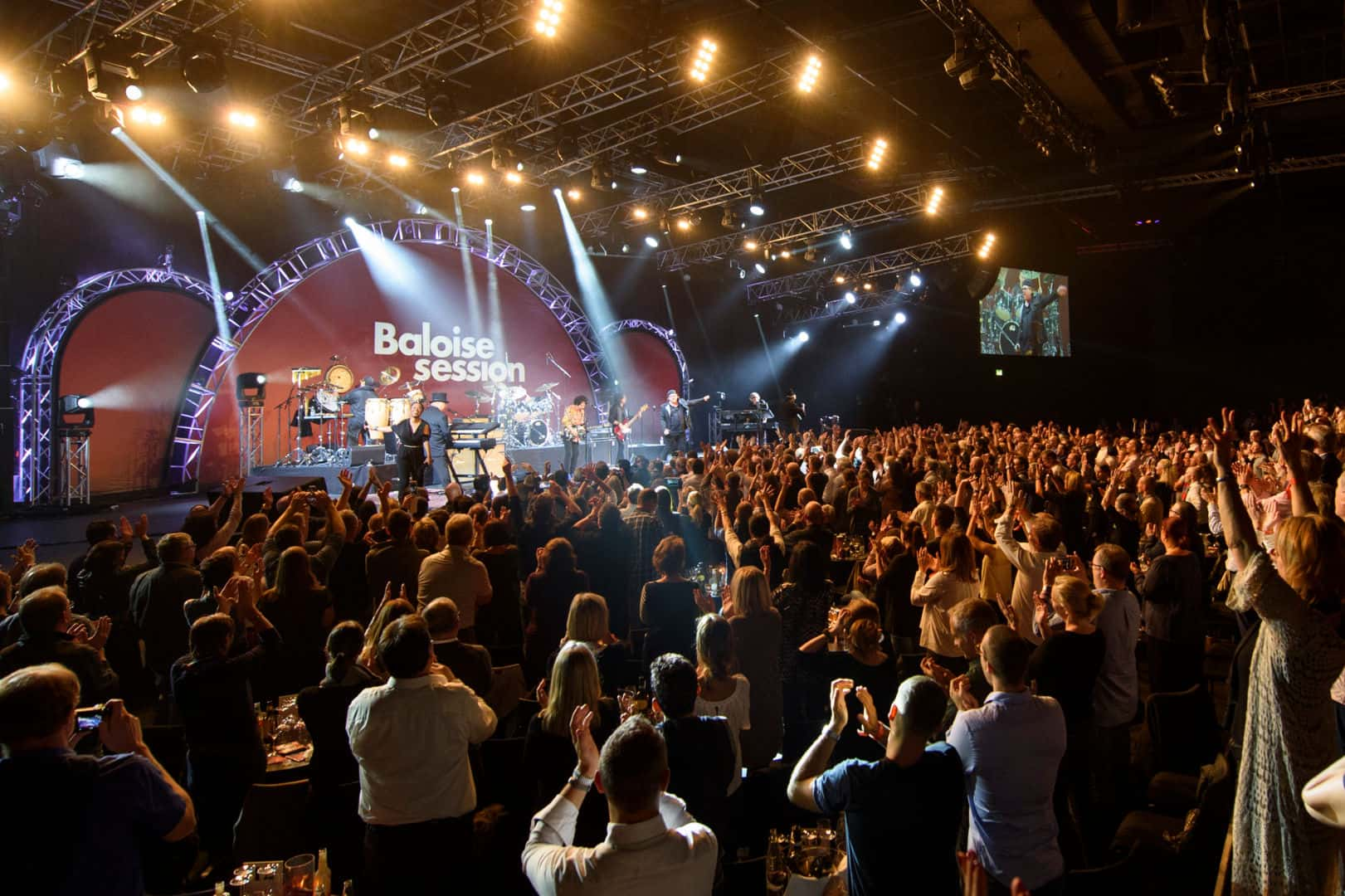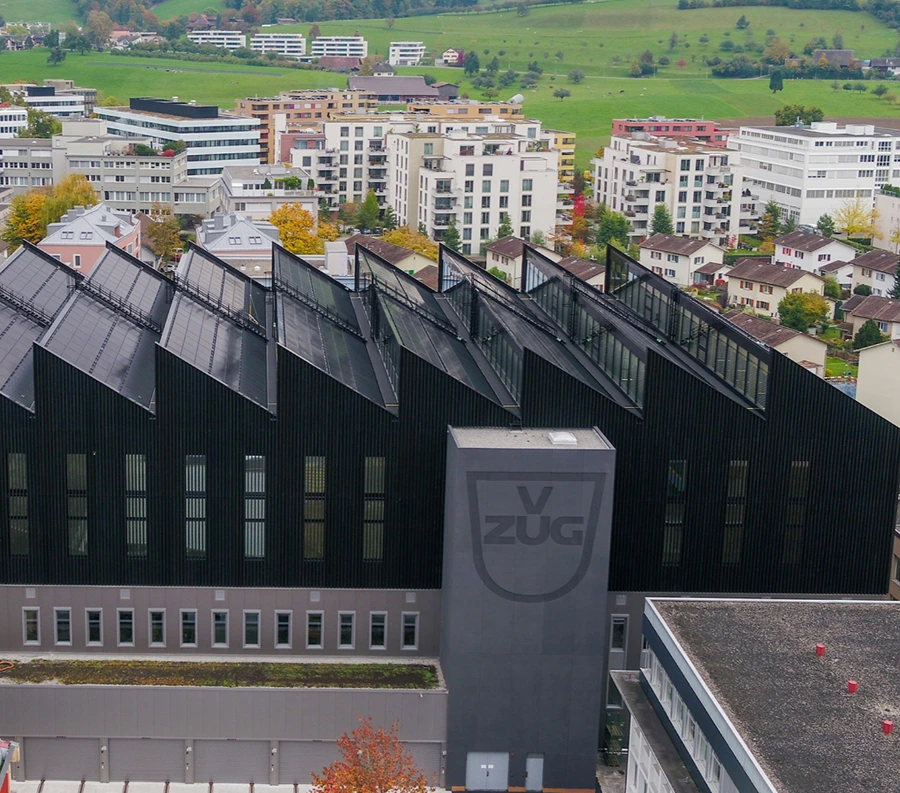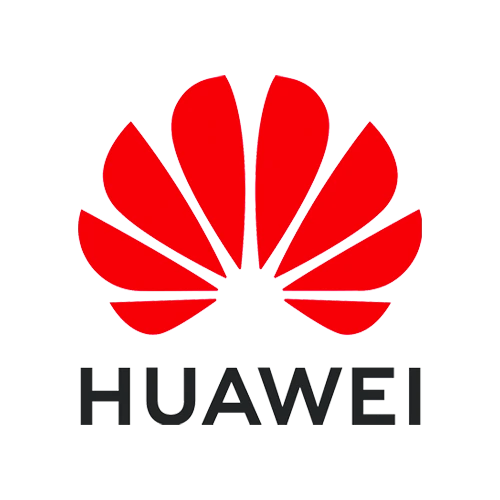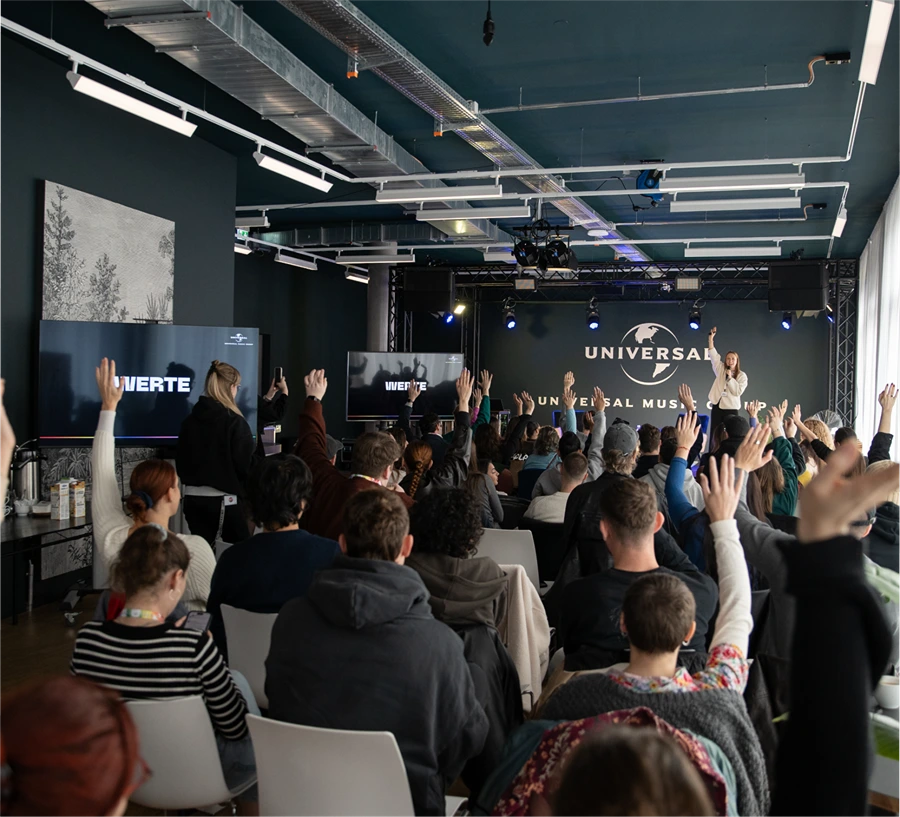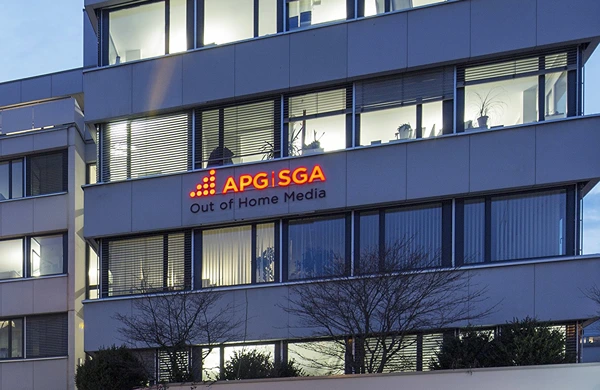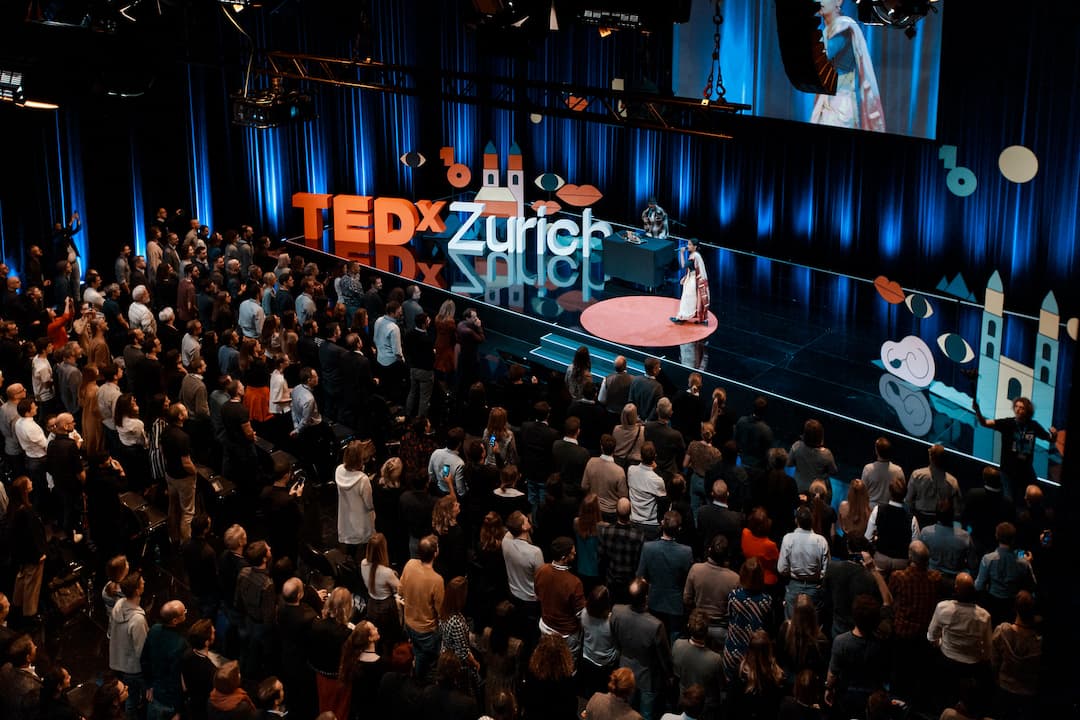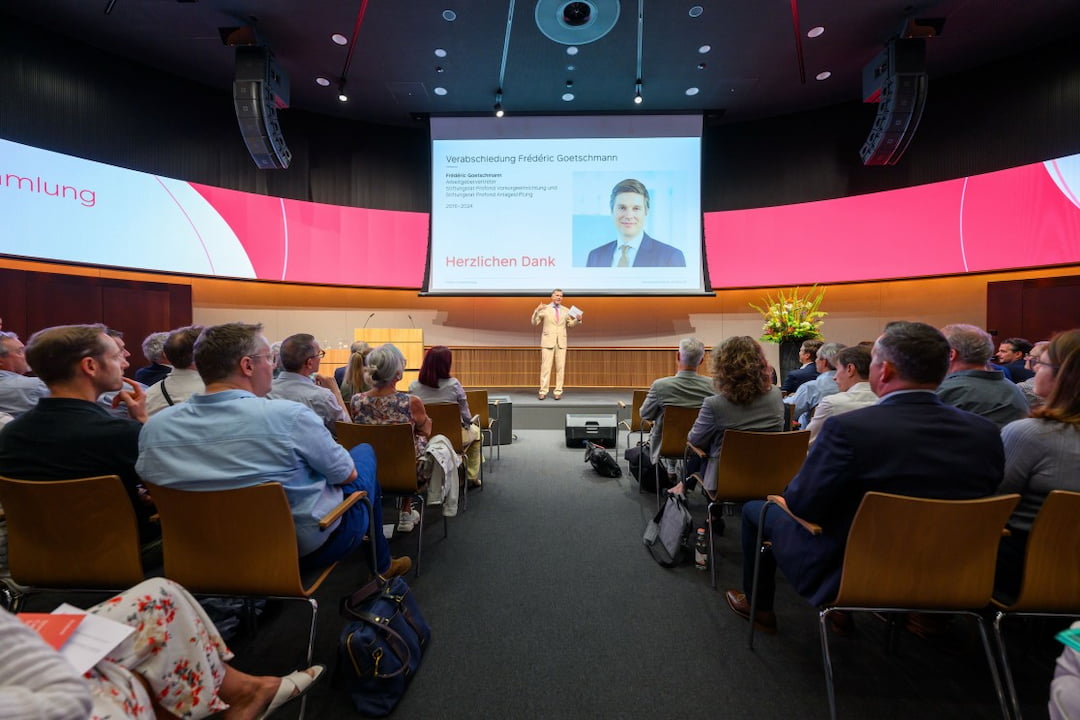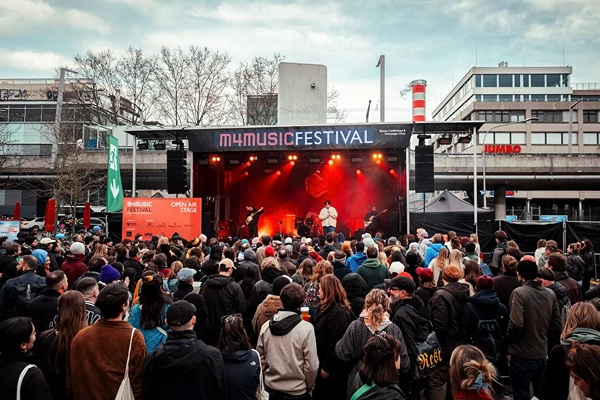B2B Events 3.0 — Future-oriented strategies to economically optimize the participant experience
The world of B2B event management has changed fundamentally in recent years. Today, events are dynamic, interactive experiences that use modern technologies and are more focused on the needs of participants. The Covid-19 pandemic has accelerated this development and established hybrid and virtual formats. As a result, the participant experience has become a central part of the business strategy.
Against the backdrop of rising costs and increasing competition, efficiency in planning, implementation and follow-up is decisive for the success and sustainability of events.
Key elements of change
- Digital immersion: Using platforms, infrastructure technologies, and automation to seamlessly integrate virtual and hybrid formats.
- Participant-centered design: Personalized content and processes, tailored to individual interests.
- Dynamic participation: interactivity through surveys, discussions and networking.
- Eco-innovative commitment: sustainable and environmentally friendly event practices.
Challenges in traditional B2B event management
Many events are still planned and coordinated manually, often using inefficient tools such as Excel spreadsheets. This results in complex data management, slow decision making, and a lack of transparency.
Communication with participants, partners and suppliers is difficult to manage without suitable channels, which reduces engagement.
Limited reach due to a lack of digital marketing strategies and unclear branding measures can reduce the number of participants.
Budgeting and financial management also suffer from a lack of cost control without integrated systems.
Strategies to improve the attendee experience
- digital immersion
Modern platform technologies, interactive elements such as live chats and virtual tours, user-friendly tools for registration and agenda planning. - Participant-centered design
Personalized agendas, individual invitations and reminders, tailored session recommendations. - Dynamic participation
Live Q&As, discussion forums, group activities, real-time feedback through polls and polls. - Eco-innovative commitment
Paperless processes, digital materials, CO2 compensation, renewable energy.
Economic optimization through technology and automation
Automating processes such as registration, ticketing, and planning reduces workload and costs.
Centralized data management increases efficiency and minimizes duplication of work.
Optimized resource planning prevents overbookings and unnecessary spending.
New revenue streams are created through hybrid formats that create global reach and sponsorship opportunities, as well as through personalized premium experiences for participants willing to pay.
Long-term investments in participant satisfaction — through smooth processes, personalized content and interactive elements — increase the return rate and recommendation rate.
Selecting the ideal event platform
Key criteria:
- Ease of use with intuitive navigation and minimal training
- Adaptability to brand guidelines and event requirements
- Integration with CRM, marketing tools, and payment processing
- Scalability for growing numbers of subscribers and advanced features
Measuring success with KPIs
Key figures include participant satisfaction, number of participants, engagement rates and return on investment (ROI).
High satisfaction points to a successful experience, while increasing numbers of participants and interactions suggest successful marketing strategies.
The ROI measures the ratio of costs to revenues and shows the economic benefits of the event.
conclusion
Events 3.0 rely on technology, personalization, interactivity, and sustainability to optimize the attendee experience and increase economic efficiency.
The targeted use of event management software such as evenito makes it possible to achieve these goals, simplify processes and measurably increase success.
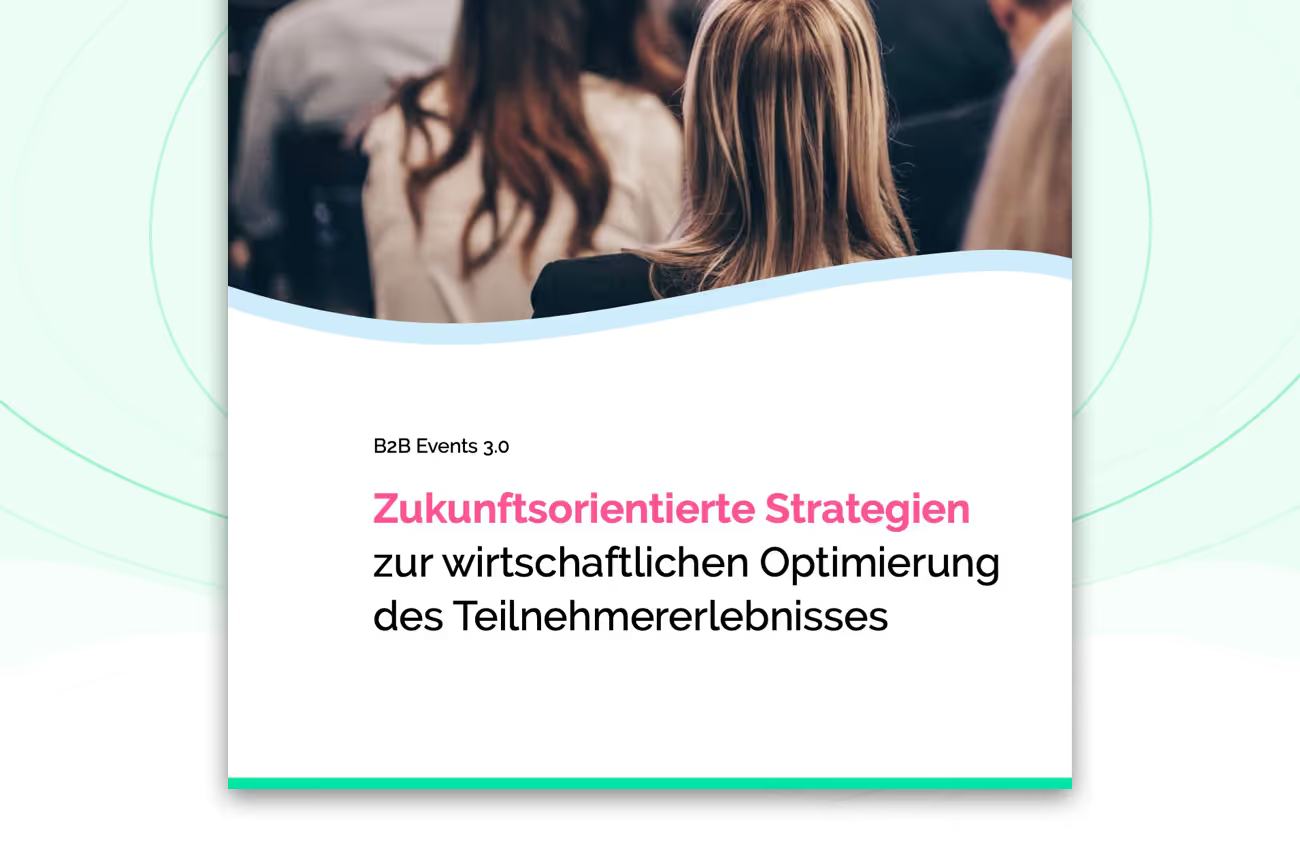
.svg)




.png)


.svg)
.svg)

.avif)




